15th Mar 2023
Fire Sprinkler Servicing & Testing RequirementsFire Sprinkler Servicing Requirements
Fire Sprinkler systems installed in accordance with BS9251:2021 are designed and installed as a measure for the protection of life in the event of a fire. Ensuring that the sprinkler system is maintained and fit for purpose when needed to detect and protect against fire 24 hours a day, 365 days per year is important.
Servicing
Regular servicing is a fundamental aspect of maintaining the reliability of these systems. At Least one inspection has to be carried out yearly by a competent person states the BS9251:2021. Close scrutiny of every component from pipes and fittings to control valves and alarm devices is essential to assess the efficiency of the systems. These may require more frequent testing in accordance with the manufacturer’s recommendations. Identifying and addressing issues such as corrosion or leaks promptly ensures that the system remains in optimal condition, ready to respond effectively in the event of a fire. Servicing not only upholds legal compliance but is a crucial investment in the continuous functionality of fire sprinkler systems.
Testing for Efficacy
Testing is another crucial part of the maintenance routine for fire sprinkler systems. Regular functional tests must be conducted to evaluate the performance of all components. Aspects such as the suction, alarms, backflow and possibly a tank heater (if installed) such be tested. These tests confirm that each part of the system operates as intended, providing the rapid response, and water release needed in case of a fire. By conducting routine tests, any shortcomings or malfunctions can be identified and rectified promptly, ensuring that the fire sprinkler system remains a reliable safeguard against potential disasters. Neglect of testing and if the system failed to activate has serious legal consequences, under The Regulatory Reform (Fire Safety) Order 2005.
Maintaining Compliance Through Documentation
Documentation is more than just a formality when adhering to UK regulations for fire sprinkler systems. Accurate records of all servicing, testing, and maintenance activities must be maintained on-site and made available for inspection. This documentation serves as a comprehensive history of the system’s upkeep, aiding in future assessments and improvements. By keeping meticulous records, building owners create a valuable resource that contributes to the longevity and effectiveness of fire sprinkler systems across the UK. The system should have a life span of 25 years, minimum if maintenance is upheld. After this time period, pipework and sprinklers must be inspected.
To find out more don’t hesitate to contact us, or explore our site to read more about sprinkler servicing.



